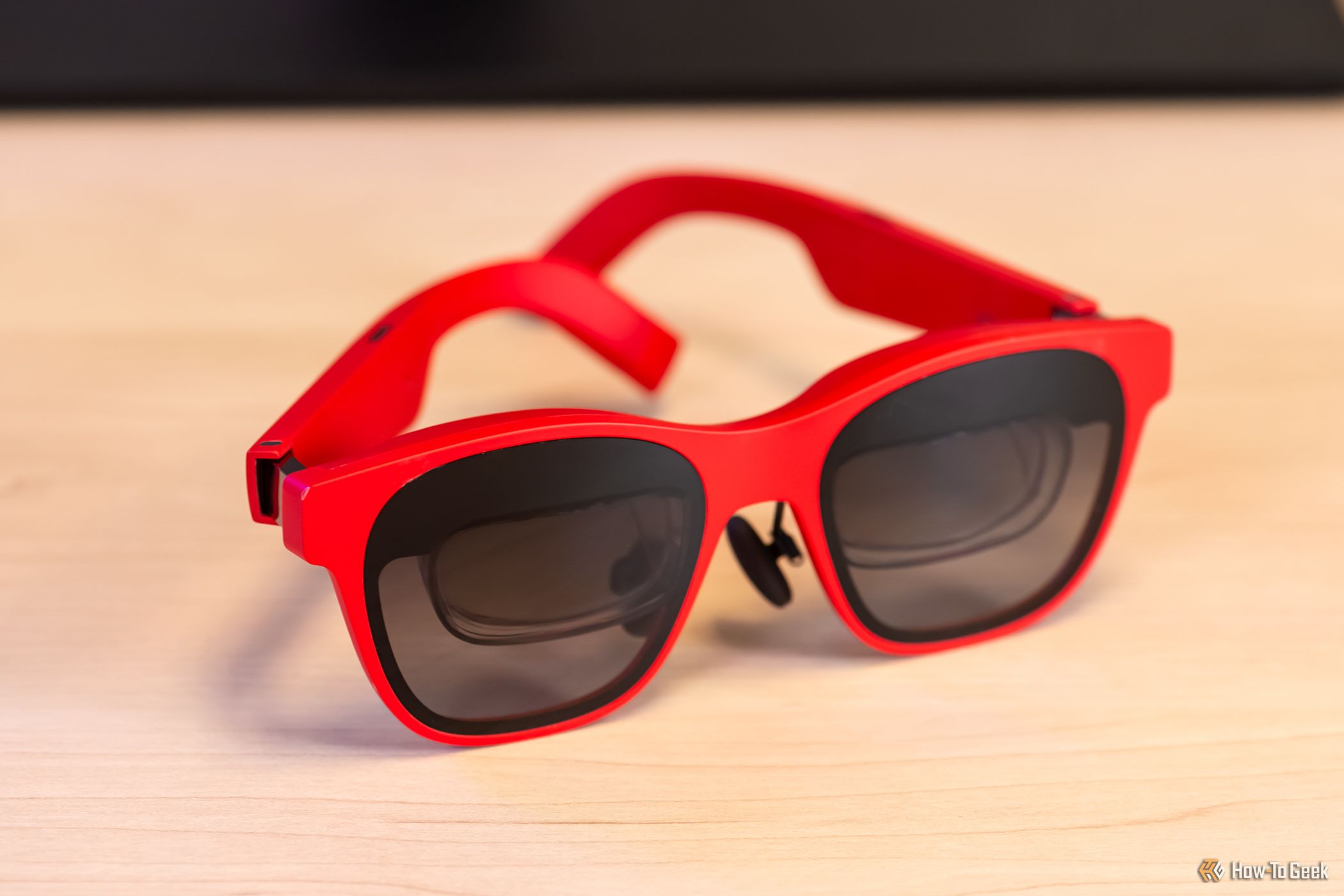
Revolutionizing Virtual Reality with Xreal Air 2 - A Complete User Perspective

Revolutionizing Virtual Reality with Xreal Air 2 - A Complete User Perspective
Key Takeaways
- Xreal Air 2 glasses are essentially a wearable display that can be connected to laptops, phones, or gaming devices, offering a large-screen viewing experience.
- The glasses provide convenience and potential privacy benefits but may have compatibility issues and limited practical uses.
- The glasses are suitable for situations where privacy is important or for enhancing the viewing experience of handheld gaming devices like the Nintendo Switch, but may not be a worthwhile investment for everyone due to their limitations and price.
Don’t let these glasses fool you; the Xreal Air 2 are essentially a monitor you wear on your face. Connect the glasses with their USB-C cable to a laptop, phone, or gaming device, and you can get what Xreal says is a 330-inch equivalent screen for your eyes only. This product won’t rival Apple’s Vision Pro or Meta’s Quest 3, but it might offer more convenient viewing and potentially more privacy.
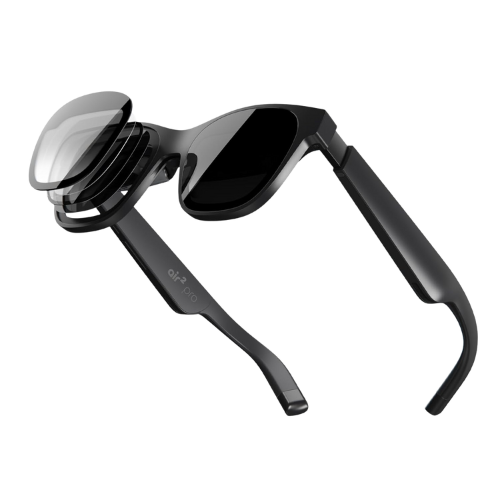
XREAL Air 2
7/ 10
$359 $399 Save $40
A Wearable Display built on cutting-edge AR technologies with industry-leading image quality. One screen to replace them all.
Speakers
Yes
Weight
72g
Refresh rate
120FPS
Resolution
1080FHD
Connectivity
USB-C
Pros
- No battery to keep charged
- Plenty of brightness
- Overall crisp picture
Cons
- A lot of compatibility issues
- Beam accessory is clunky and fiddly
- Few practical uses for this wearable display
What Do the Xreal Air 2 Glasses Actually Do?
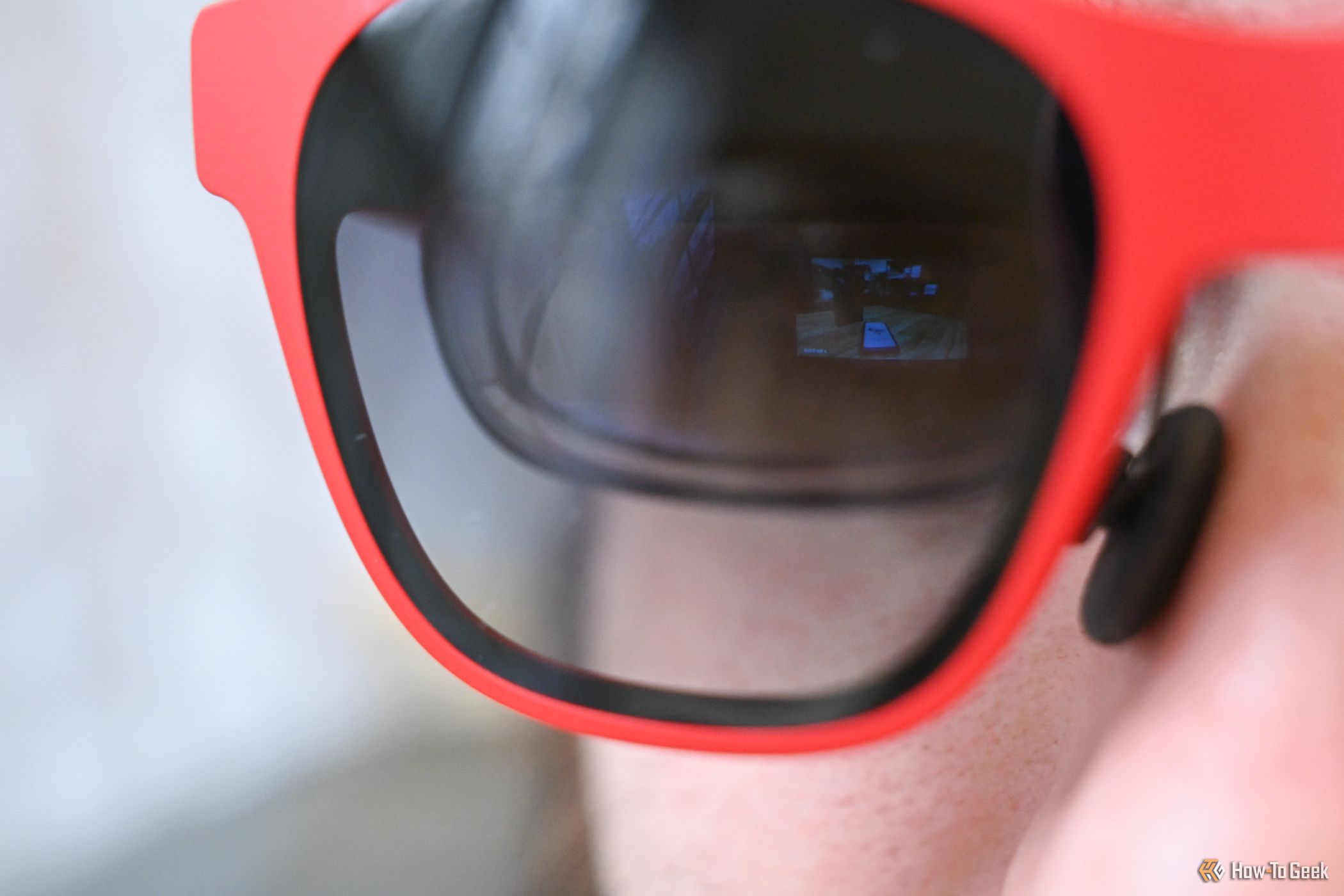
Sergio Rodriguez / How-To Geek
Plug the Xreal Air 2 glasses into a compatible USB-C device and pop the glasses on your face to get a wearable display. There are some caveats, but that’s largely it. There’s no battery to charge and no wireless signal to connect to. The simplicity of the design is great, but I have some complex feelings about actually using the glasses. First, more on what they do.
The first device I plugged the Air 2 glasses into was my iPhone 15 Pro —thanks to its new USB-C port. I opened the Max app and streamed an NBA game as if on a big screen. Later in the day, I watched an episode of “Station Eleven.” By default, the Air 2 can “Air Cast” to an iPhone. It mirrors the phone’s screen and apps until you select a video, then presents that in a big, widescreen format.
Things get a little more interesting when plugging the glasses into a computer. My MacBook Air saw the glasses as a second display in the settings. I got the option to mirror the laptop’s screen or use it as an additional desktop space for more room. So I could see my laptop’s screen and a second desktop screen in the glasses. This could be useful to create a second desktop area to work on documents without them showing on the main screen. For example, this could provide more privacy on an airplane or in a busy office space.
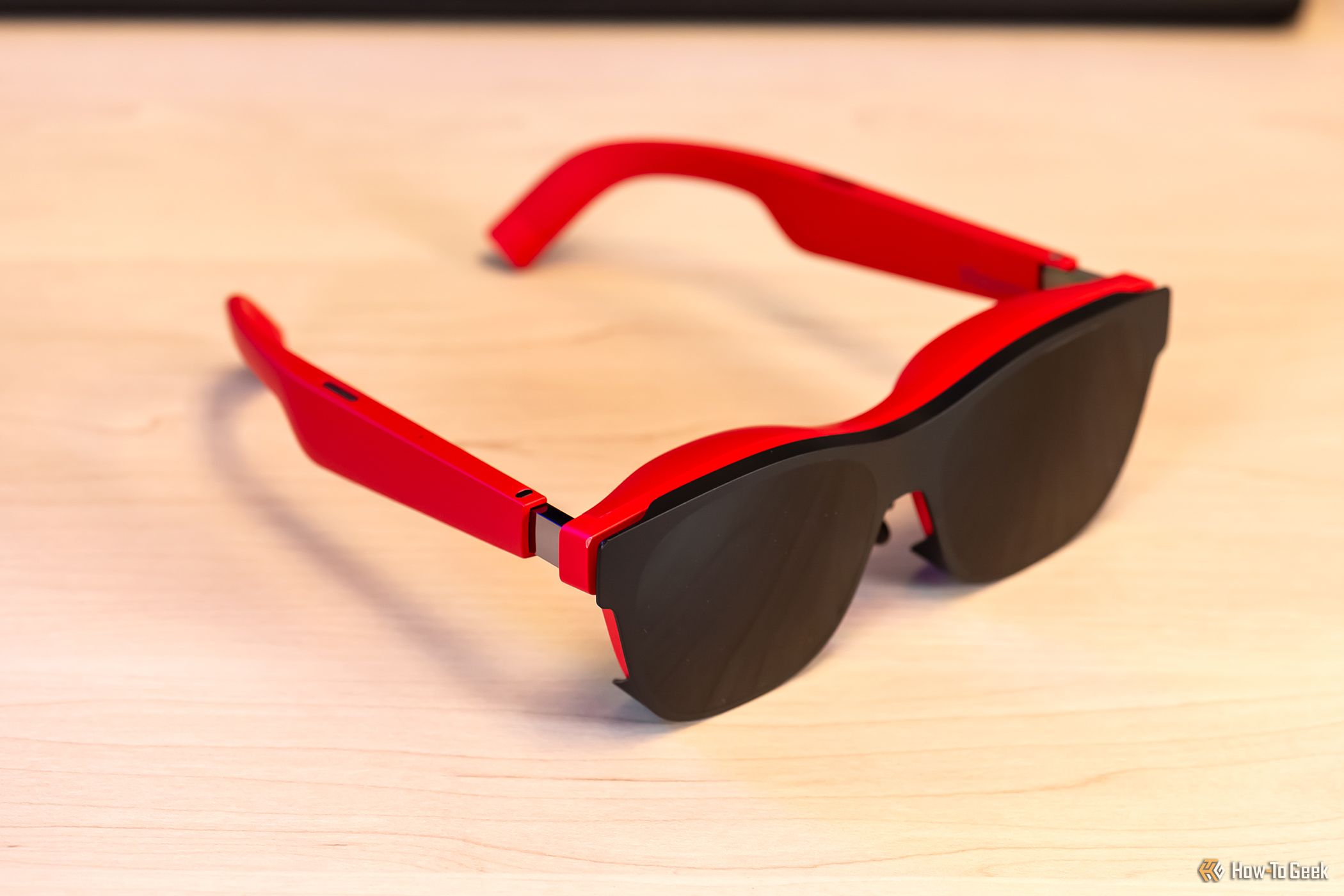
Sergio Rodriguez / How-To Geek
Air 2 with the light shield over the front lenses.
If you connect the Xreal Air 2 to one of a dozen or so supported Android phones, you can use the Nebula app to do what the company says are augmented reality things. I used a OnePlus phone and was able to see Xreal’s vision for AR. This includes a grid of icons you point at and select using the phone. There was nothing compelling about viewing my phone in this way that navigating the interface with a clunky pointer justified.
The Nebula app for Mac computers puts one, two, or three desktop screens next to each other in your field of view. Sort of. I had to pan my head left and right to see all the displays and maintain a distance where I could read the text. I understand the goal of the AR app, but it was not an enjoyable experience overall and even caused my third-party app for taking screenshots to crash. A Windows version of the app is listed as coming soon.
What Are the Xreal Air 2 Glasses Good For?
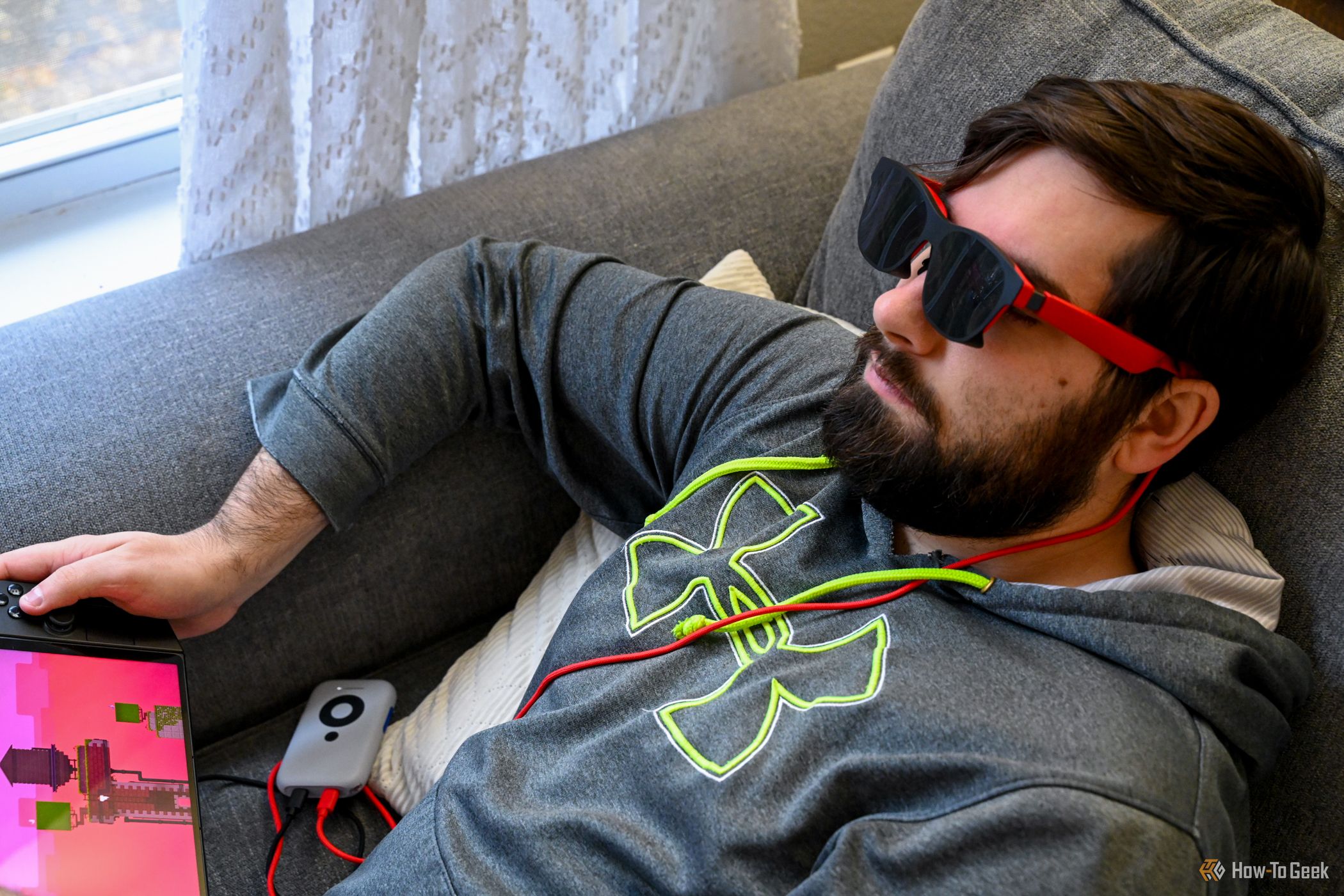
 SwifDoo PDF Perpetual (1 PC) Free upgrade. No monthly fees ever.
SwifDoo PDF Perpetual (1 PC) Free upgrade. No monthly fees ever.
Sergio Rodriguez / How-To Geek
Those are the things the Xreal Air 2 glasses can do. The more interesting part was figuring out whether they were actually good for those things or what they could be useful for.
After using them for just a few hours, I had an inkling that the Air 2 glasses weren’t a general-purpose device. After more time with them, those assumptions continued to ring true. I rarely had a desire to put on the glasses to scroll my phone, tablet, or noodle on a computer. They were comfortable enough to wear when needed, but not so comfortable that they ever disappeared from my mind.
The closest I came to forgetting about them was while playing “MLB The Show 2023.” I suspect it’s the act of focusing on whatever game you’re playing, rather than the headgear, that makes this product more suited as a gaming accessory than one for watching movies. Movies aren’t interactive.
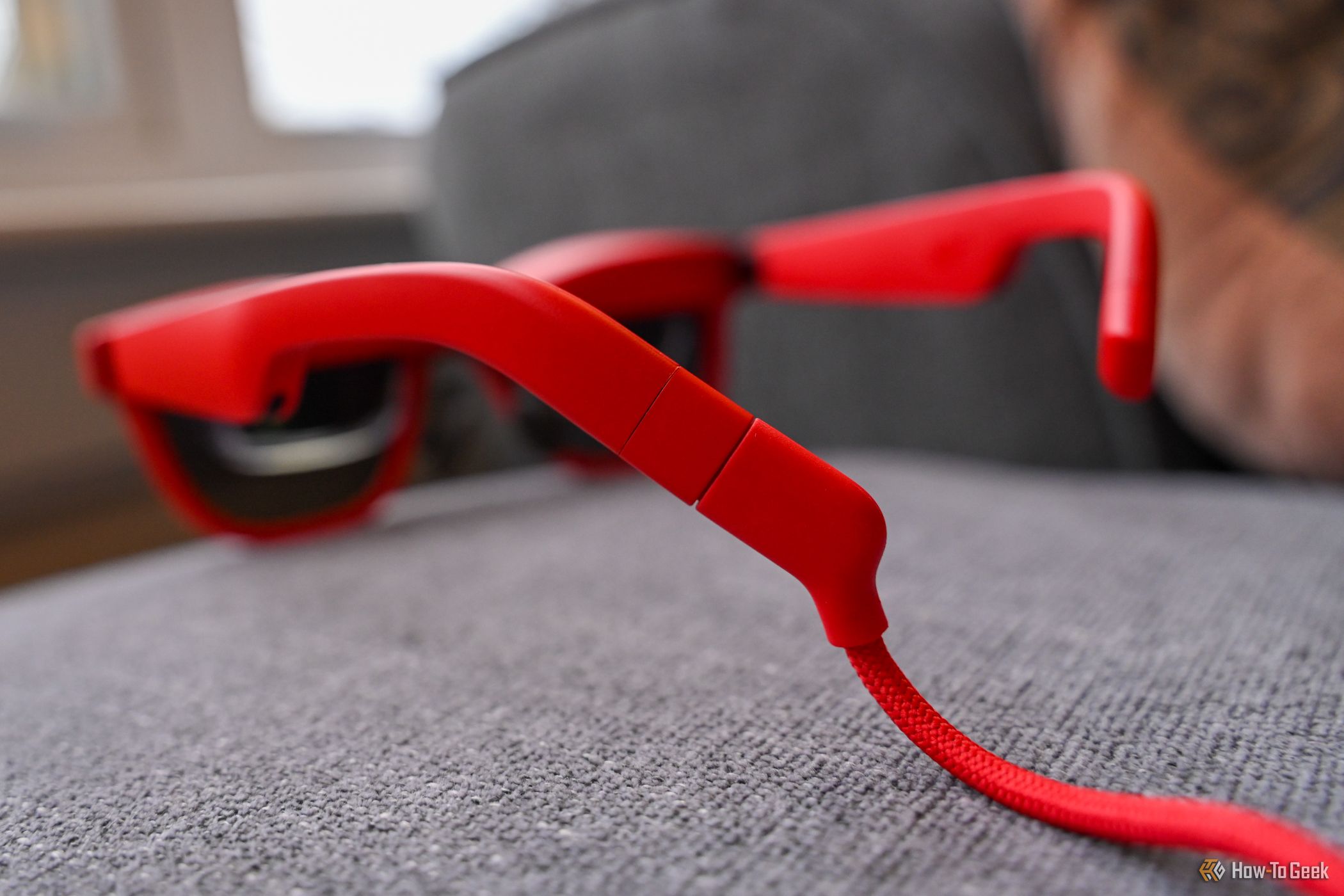
Sergio Rodriguez / How-To Geek
Beyond the comfort, there was always a reminder that I was viewing content through the glasses. Either the display was fairly jittery in the “Air Cast” mode, or the screen seemed to be constantly clipping, where parts are obscured from view in some fashion in the other modes.
Ultimately, I found the instances that were best suited to the Air 2 were times when privacy was key or using it with a gaming machine, preferably a handheld one like the Nintendo Switch.
The privacy angle has nothing to do with viewing objectionable content and everything to do with being able to work on spreadsheets or documents and not feel like people are looking over your shoulder, glancing at potentially confidential data. Often, I want to work on an airplane but won’t because it feels like everyone behind me can read what I’m writing—and my drafts aren’t that good.
The Air 2 glasses could solve this issue by keeping your device’s screen viewable only to you. These glasses use Sony’s newest 0.55-inch micro-OLED panels with 500 nits of brightness, so text clarity was better than expected. I found I still needed to occasionally fiddle with the size and distance to make sure I wasn’t straining my eyes, however. Depending on what you’re viewing or how the glasses are positioned on your nose, the corners can be tricky to see clearly as well. If nothing else, it can be tough to view the entirety of a huge screen.
The Air 2 glasses do come with a plastic light shield to place over the front lenses to help make the picture more visible in different environments. (This is the difference between the Air 2 and Air 2 Pro, by the way. The Pro model can do electrochromic dimming without needing to attach a separate piece of plastic.)
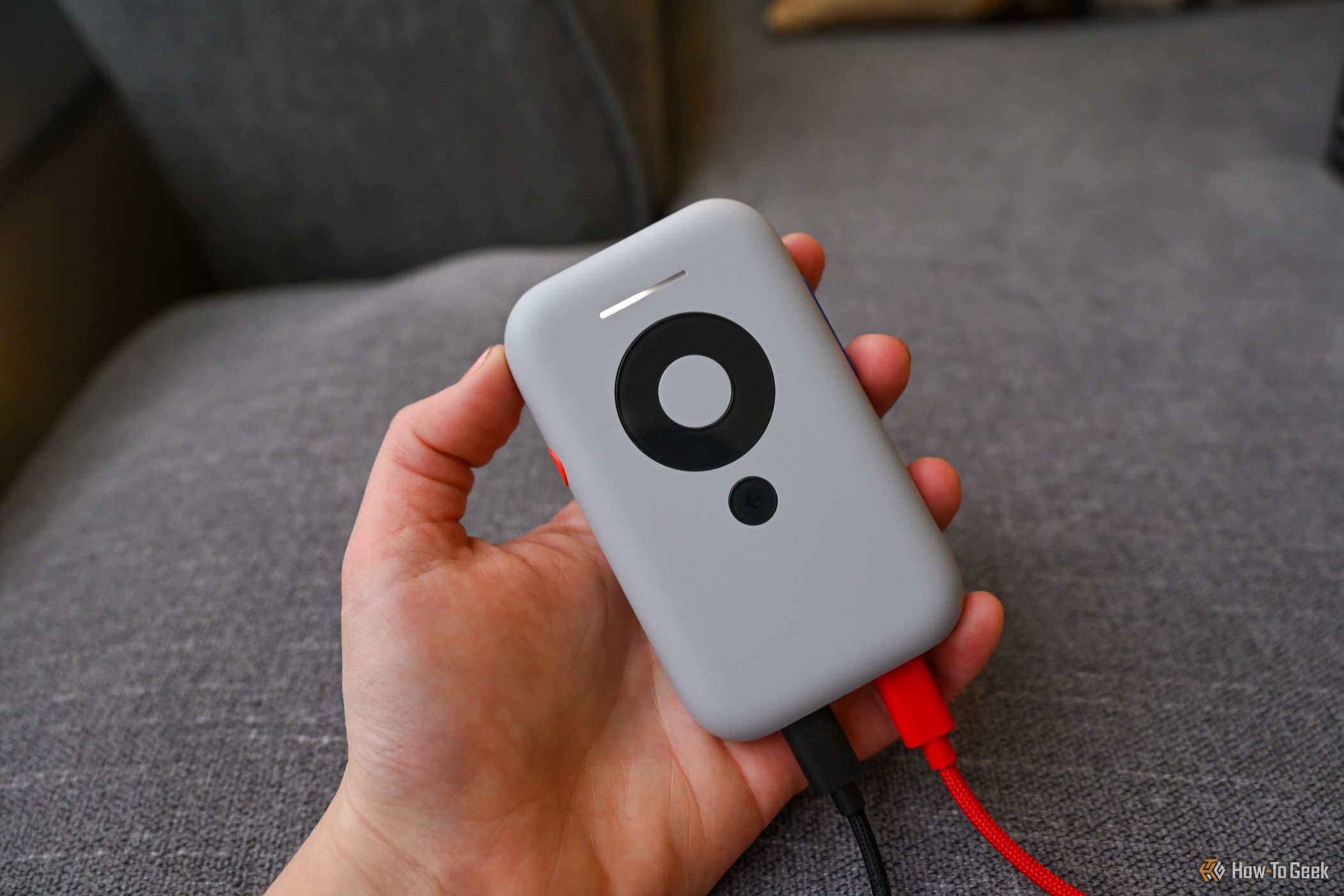
Sergio Rodriguez / How-To Geek
Taking a portable console like the Switch and giving it a much bigger screen is a great use of this product. It does require the $120 Xreal Beam accessory for compatibility, however. Some devices like the ASUS ROG Ally don’t require the Beam, but the Switch, PlayStation 5, and Xbox do need it.
Beyond compatibility, the Beam enables more types of display viewing: Body Anchor, Smooth Follow, and Sideview. Those essentially dictate whether the screen follows your moving head or remains stationary. The accessory looks simple with its minimal buttons and basic design, but there are enough guts inside to require a cooling fan. The accessory also introduces more complexity with its presence. You will need to keep it charged and have an extra cable in the mix. With the Air 2 cable and a Beam cable, the setup is no longer ultra-portable.
Using the Air 2 glasses out in the real world isn’t unthinkable. They’re a little nerdy, but they only require a single cable connected to a phone or laptop. Personally, I would be hard-pressed to use the glasses with the Beam and the extra cables out of my house. It creates a small mess that’s not quick to tidy up in an organized way. For those curious, the Beam gets 3.5 hours of battery life when fully charged.
The Smooth Flow mode was more pleasant to look at than the Air Cast one, but unless you need to use the Beam to gain compatibility with an unsupported device, I would still skip its cost and fuss. Regrettably, that cooling element in the Beam is loud enough to hear when it’s charging or being used for extended periods of time.
Price and Availability
The Xreal Air 2 retails for $399, and the Air 2 Pro costs $449 . For the extra $50, you get three levels of electrochromic dimming for more immersion.
The original Xreal Air glasses are still available for $339, but if you’re willing to spend that much, I recommend going all the way and getting the newer, second-generation model. The bump in brightness, tweaks to fit, and the newer Sony screens are probably worth the extra money.
Key features:
• Import from any devices and cams, including GoPro and drones. All formats supported. Сurrently the only free video editor that allows users to export in a new H265/HEVC codec, something essential for those working with 4K and HD.
• Everything for hassle-free basic editing: cut, crop and merge files, add titles and favorite music
• Visual effects, advanced color correction and trendy Instagram-like filters
• All multimedia processing done from one app: video editing capabilities reinforced by a video converter, a screen capture, a video capture, a disc burner and a YouTube uploader
• Non-linear editing: edit several files with simultaneously
• Easy export to social networks: special profiles for YouTube, Facebook, Vimeo, Twitter and Instagram
• High quality export – no conversion quality loss, double export speed even of HD files due to hardware acceleration
• Stabilization tool will turn shaky or jittery footage into a more stable video automatically.
• Essential toolset for professional video editing: blending modes, Mask tool, advanced multiple-color Chroma Key
Should You Buy the Xreal Air 2 Glasses?
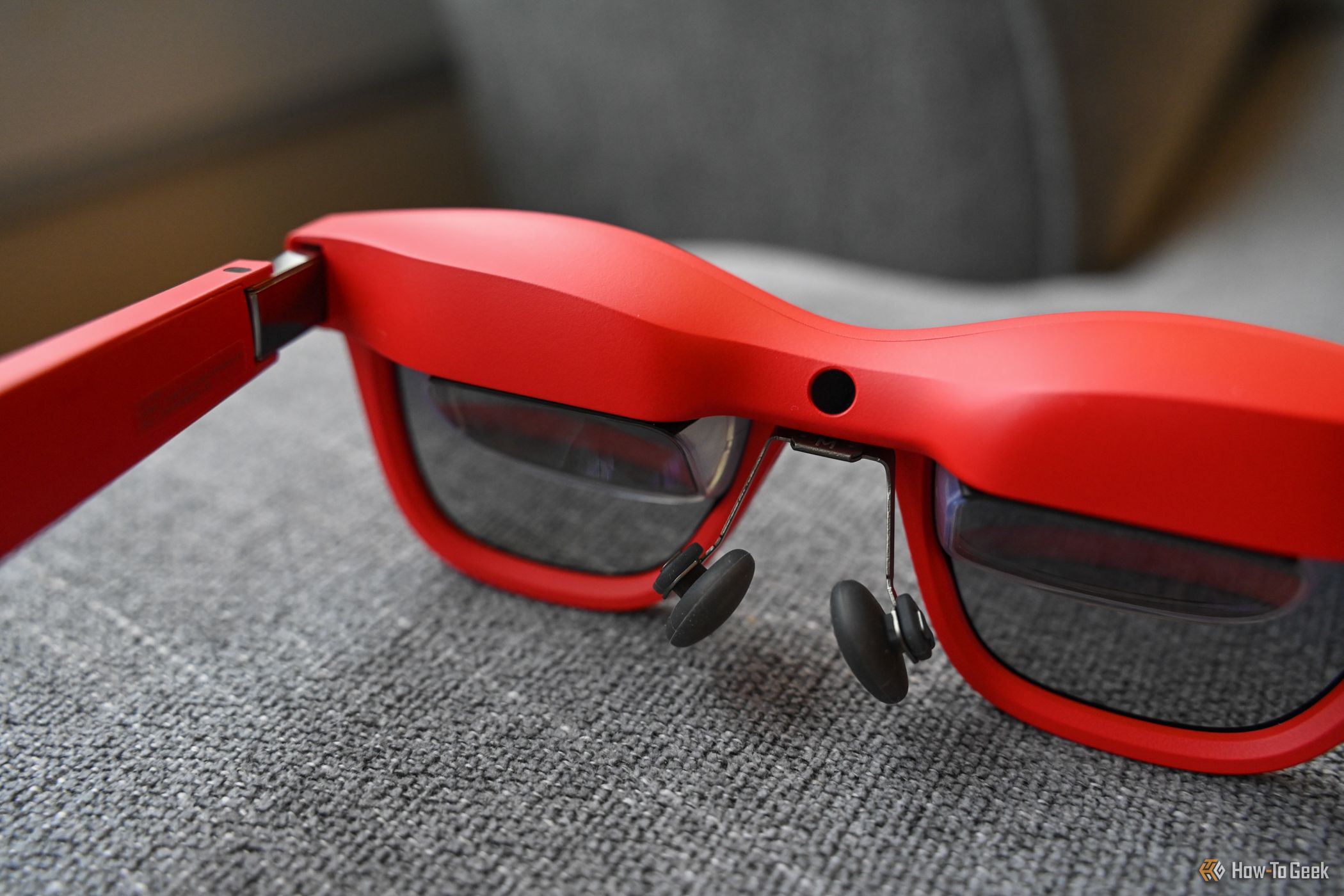
Sergio Rodriguez / How-To Geek
Even if the Xreal Air 2 glasses are better than their predecessor with a better fit, better audio, and slightly more brightness, it doesn’t mean they’re a great product for everyone.
There are some severe limitations across the board in getting different devices to work with the glasses. And even if you get things working smoothly, there’s a chance that you might not like the experience of viewing everything through a pair of glasses.
Outside of the need for privacy and gaming, I didn’t find the device compelling. Plus, even within those uses, the $400 price tag didn’t seem to match the value I got from the Air 2.

 Project Manager - Asset Browser for 3Ds Max
Project Manager - Asset Browser for 3Ds Max
XREAL Air 2
7/ 10
$359 $399 Save $40
A Wearable Display built on cutting-edge AR technologies with industry-leading image quality. One screen to replace them all.
- Title: Revolutionizing Virtual Reality with Xreal Air 2 - A Complete User Perspective
- Author: Jeffrey
- Created at : 2024-08-30 09:01:21
- Updated at : 2024-08-31 09:01:21
- Link: https://some-knowledge.techidaily.com/revolutionizing-virtual-reality-with-xreal-air-2-a-complete-user-perspective/
- License: This work is licensed under CC BY-NC-SA 4.0.



